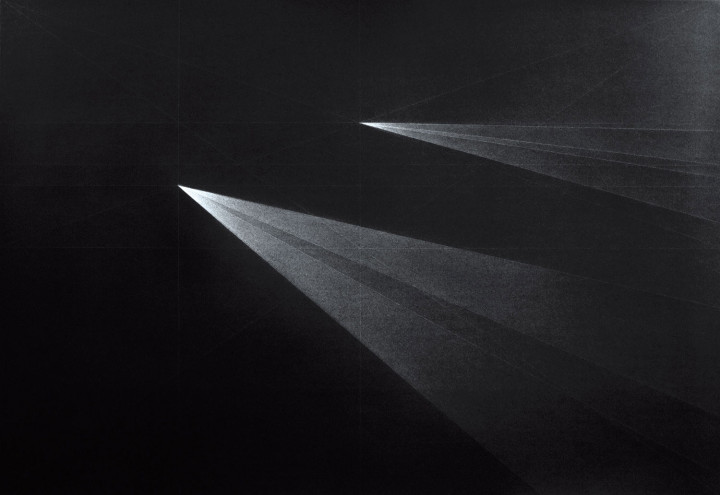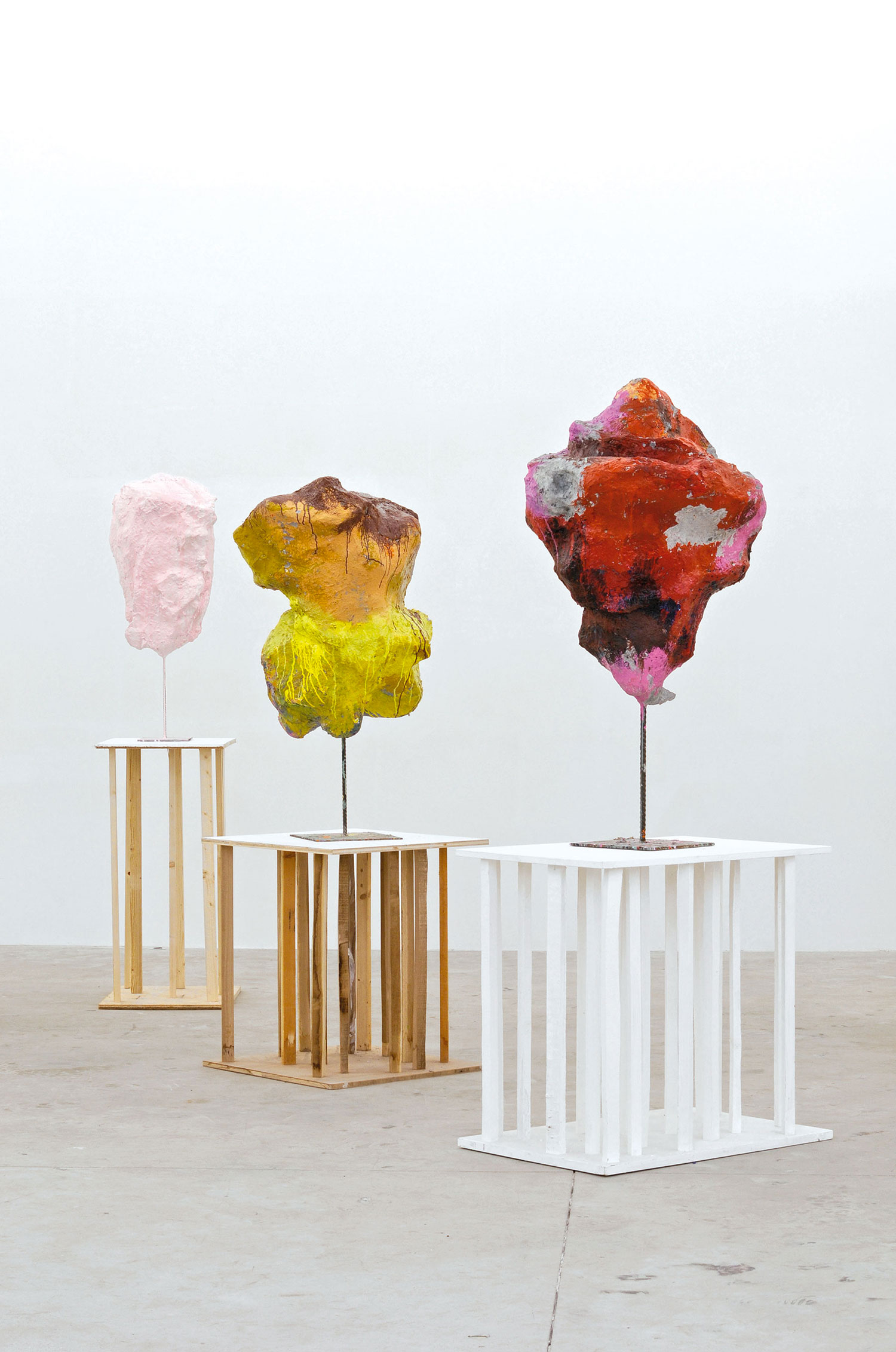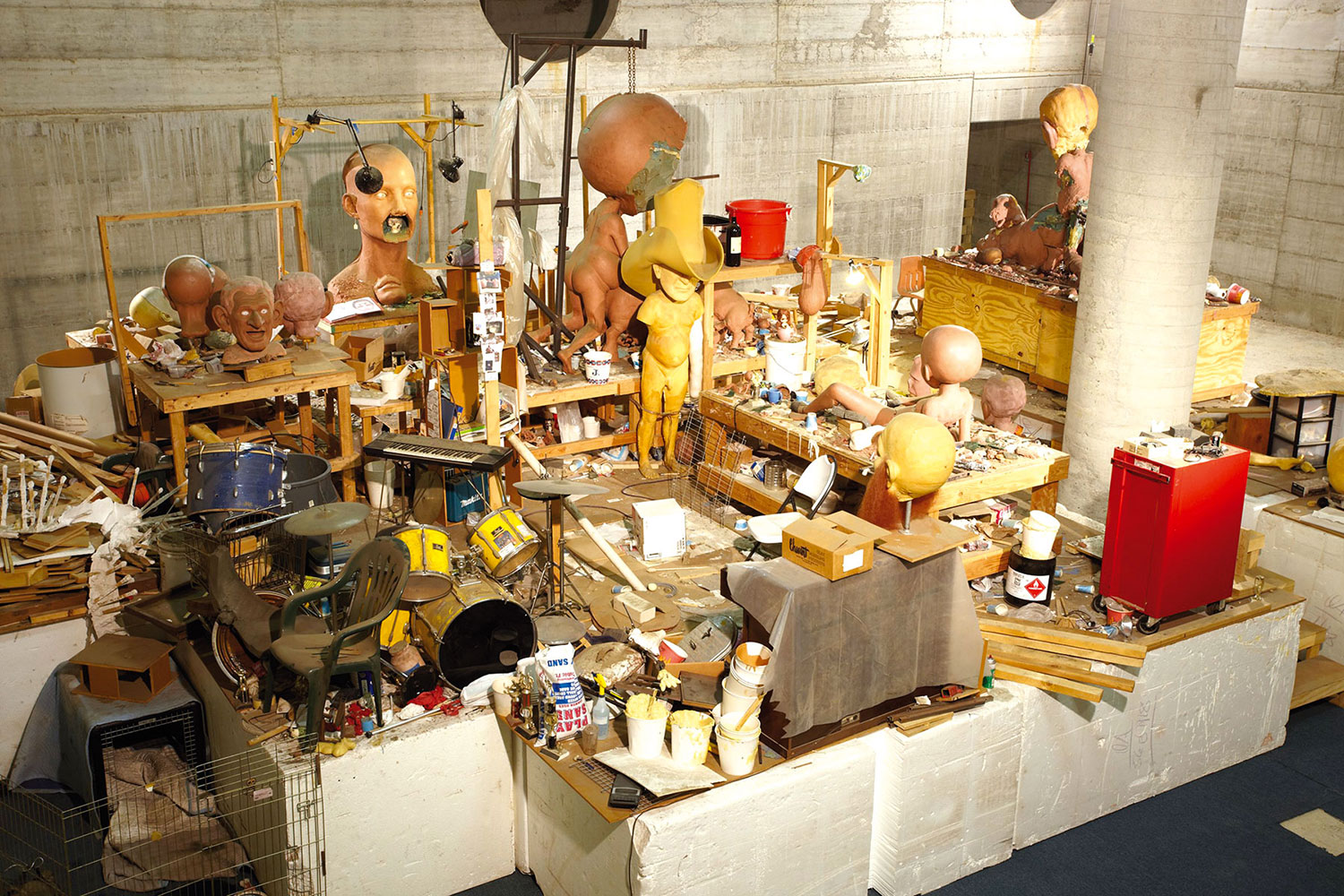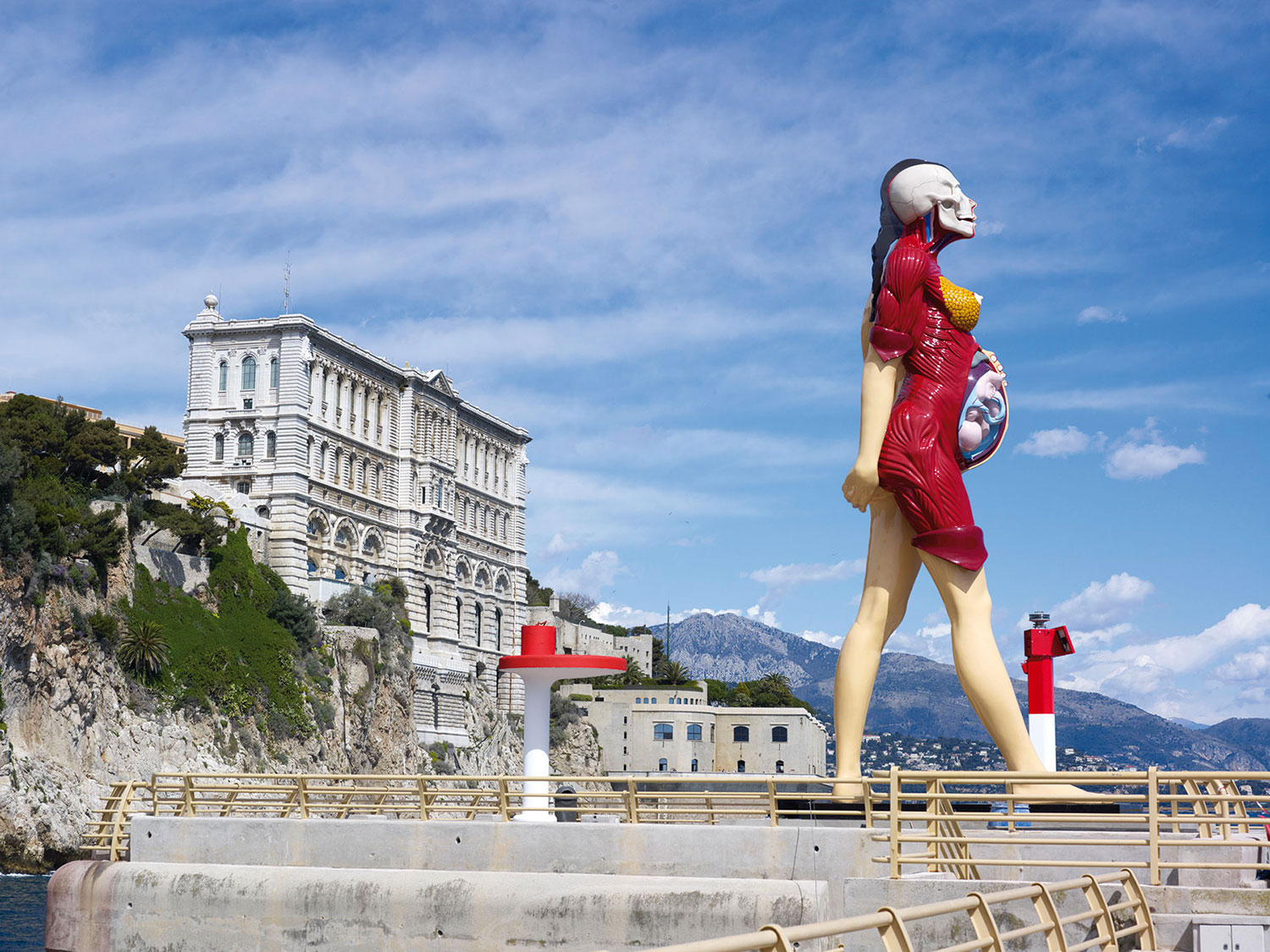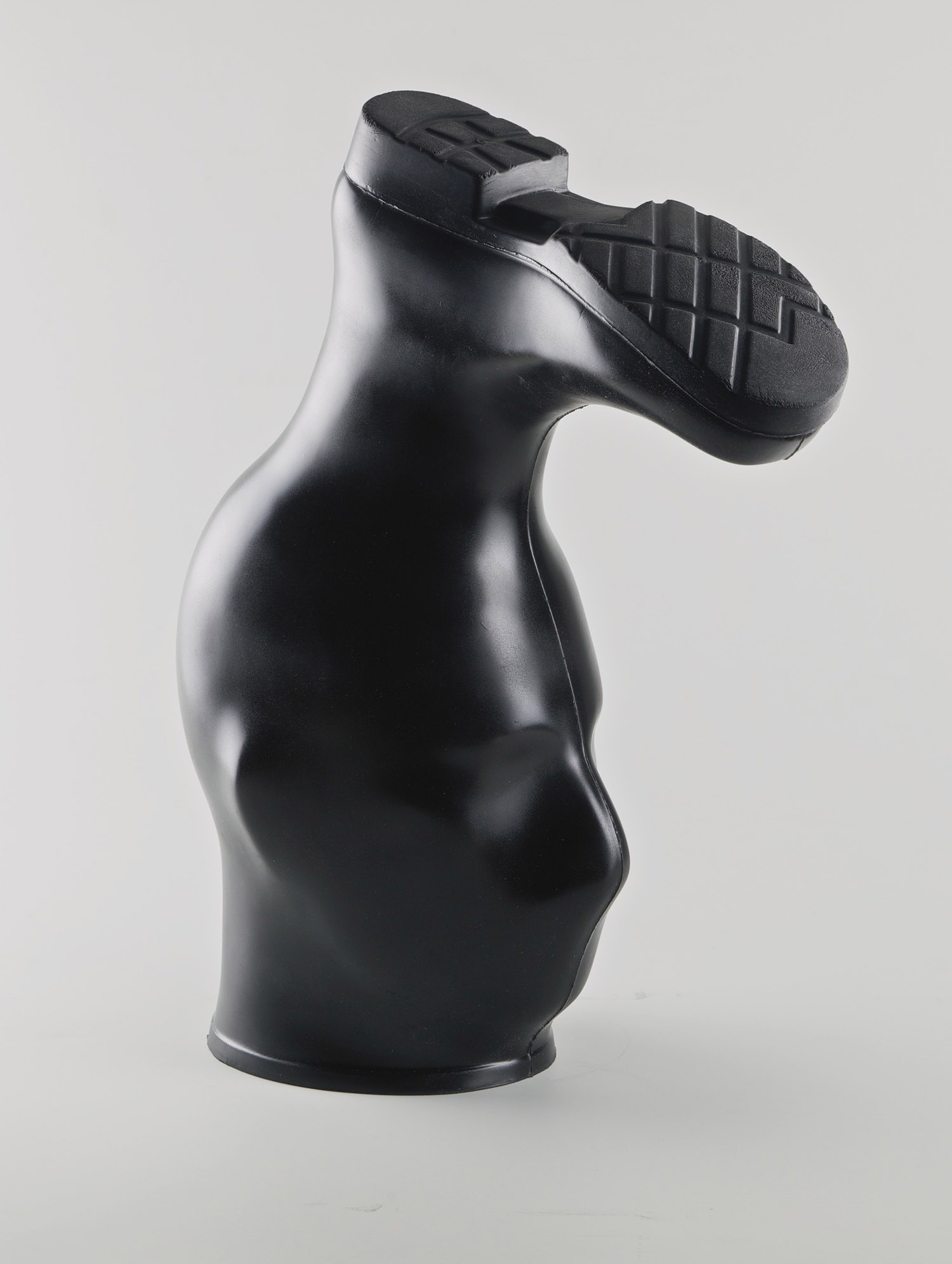
Dominikus Müller: Your artistic practice often shifts towards cinema, more precisely towards the cinematic apparatus. Describe the relationship between art and cinema in your work.
Nadim Vardag: It’s something that has always interested me. Cinema has become more of a framework rather than the actual content of my work. I refer to its methods and aesthetics, but my works are often related to art-related topics. I am interested in the actual situation within an exhibition — in the gesture of exhibiting and its refusal, in the ridiculousness and the fetish. Absence is an important topic for me.
DM: Emptiness is definitely a strong part of your work — just think of the empty black screens you are currently building. “The gesture of exhibiting and its refusal” — can you elaborate and articulate that in relation to the concept of absence and again in opposition to cinema?
NV: Cinema is often a starting point for me. I am interested in the fact that when you watch a movie projection you actually see as much blackness as you do images by what happens between the images. I try to transfer those ideas to the exhibition space. I like to combine my works in a setting, to make them like a montage (or text). On the other hand it is a kind of compromise. “I have nothing to say and I’m saying it.” I am trying to reflect the necessity to show by fetishizing the (simulated) refusal to show — a tragicomic gesture. Repetition is also a deliberate element of my practice.

DM: Isn’t the tragicomic gesture you refer to the only earnest and therefore serious way of dealing with being trapped in repetition?
NV: You could say that. I am interested in the concept of the loop in general on different levels. I think my work Zoetrope illustrates this in a very literal, simple way. It is a 10-frame animation based on a historical photograph from the 1880s that shows an early archetype of ‘motion picture’. By retouching the original photograph and dividing it into a sequence of frames I reversed the actual function of the apparatus and created a circular movement. The feeling of detachment, of being trapped in the loop (time-wise and space-wise) is very obvious.
DM: Speaking of your blank screens, these works cleverly deal with ‘cinema’ within an art context because they address this complex theme without falling into the trap of reducing cinema to ‘film’.
NV: There are different versions of those screens: black ones, as you mentioned, but also bright white ones, constructed out of up to 100 fluorescent tubes. The screen surface, and in most cases also the construction holding it, refer to standard aspect ratios of cinematic formats. The ‘auratic’ cinema screen (as a sculpture) seemed to be the perfect way to present an empty display — it is after all a surface for projections, literally and metaphorically. Because of the way I present them in an exhibition context, the objects themselves often seem to be primarily placeholders for something else.

